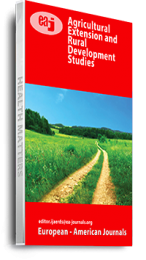Commercial production of tobacco in Kenya has been going on for about a century and since its introduction, its production and use have been issues of great controversy.Tobacco production in Kenya has created a class of growers that have long been ignored by historians. A growing number of scholarly works available on the theme have basically been of scientific and agronomical nature. In a wider context, a lot of literature on social relations on the recent agrarian intensification in Africa does exist, though lack of systematic studies on the relationship between tobacco production and socio-economic impact as well as employment on tobacco farms still remains a yawning gap in the historiography of Kenya. This paper is a focus on a historical examination of tobacco growing peasantry and its impact on employment trends in Sirisia, Bungoma West District of Kenya following concerted efforts by the British American Tobacco Kenya Limited (BAT) to commercialise agricultural production. The study used observation method and interviews in data collection. Archival and documentary sources were also used for secondary data. This study serves a purpose of informing key stakeholders in the government and non-government sectors about the relevant policies to improve rural livelihood in Sirisia and other tobacco producing areas. The study demonstrates the view that the peasant sector occupies a central role in African economic development.
Keywords: Commercial, Development, Employment Trends, Peasantry, Socio-Economic, Tobacco Cultivation, history

